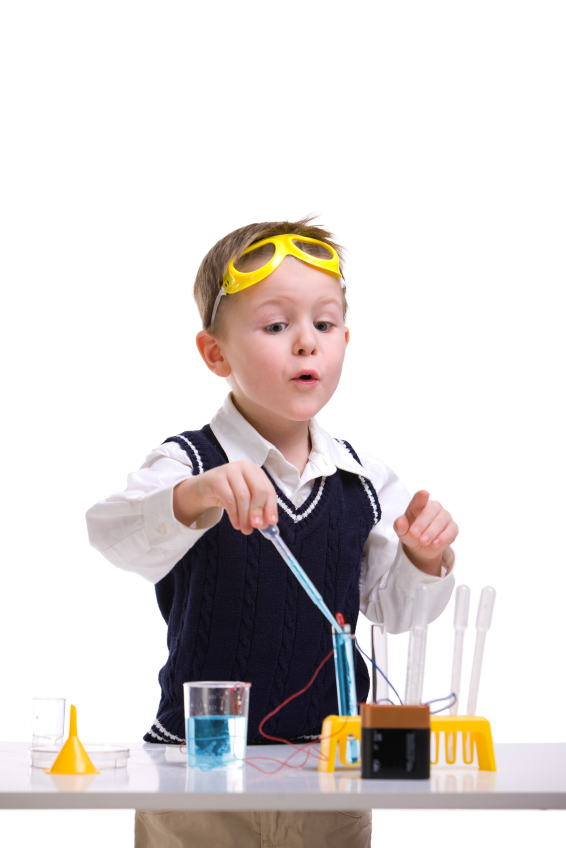Inspired by 7 Times Smarter by Laurel Schmidt Birds are generally abundant whether you’re a city-dweller or rural resident…but by the age of nine, while most kids can name 16 TV shows and 7 fast-food chains, they can only name
References We Used As We Developed Kidzmet

Genesis of Kidzmet While we started building the current version of Kidzmet in late 2010, the inspiration for the idea actually came from Jen Lilienstein’s undergraduate senior thesis in 1994. Under the direction of Dr. Francesca Cancian at UCI, Jen
Sensory Sensitivities
Visit different outdoor environments—e.g. the playground, a field, the woods, school, your backyard, a community garden, the zoo, the beach—or even just the same one at different times of day with your child and tune into your senses. What does
Butterflies & Blooms
Set a goal to help restore butterfly migration routes in your town by planting a butterfly garden with native plants or seeds. Research the best options to provide nectar, roosting, or food for caterpillars that migrate through your area. After
10 Tips When Helping Your Children to Choose Their Science Fair Projects

Science fair season has become increasingly more competitive. This is because the stakes at these events are no longer limited to ribbons and plaques. There are big money rewards to be won and chances to impress college entrance boards as
Animal Antics
Watch a short documentary or TV show about animals (e.g. Meerkat Manor or Wild Kingdom) with the sound off. After it’s over, talk about what your child thought was happening during the episode and the “characters” each animal played. Replay
Environmental Experiments
Set up a summer-long experiment to see how small changes in environment affect plants. Begin by planting identical plant seeds or young plants in 5 different containers (you can use cut off milk cartons or plastic bottles as your pots)
Backyard Bug Banquet
Use your child’s gifts for observation and analysis and use your backyard or nearby park as a math & science lab. One way Deborah Churchman of American Forests suggests is to mix overripe fruit and honey in a blender, then
Letter-Perfect Park Poems
Adapted with permission from Chicago Park District’s “Once Upon a Day Camp” Guide Go to a park or into another natural setting (e.g. beach, woods, etc.) with your child. Then show your child a letter perfect poem like this one (a poem
Streams, Sculptures & Screens
Introduce your kids to the visual natural masterpieces of Andy Goldsworthy. Then, go on an outdoor “explore” with your kids and your camera phone with the intention of creating your own natural mixed medium masterpieces. As with Andy’s work, your

